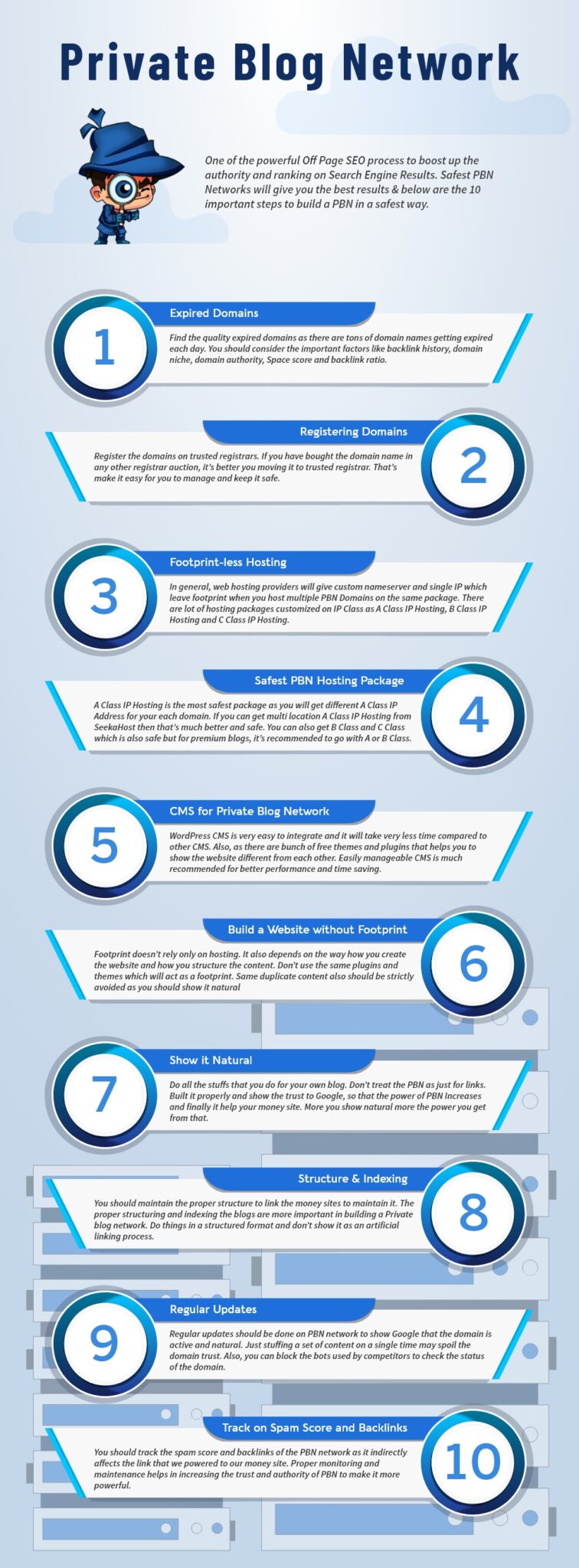All Categories
Featured
Table of Contents
- – What Do Semantic Search Engine Optimization Se...
- – Semantic Search Optimization
- – What Is The Top Semantic Search And Seo Produ...
- – What Do Semantic Seo Optimization Tools Servi...
- – Which Is The Premier Tools For Semantic Seo ...
- – The Leading Semantic Seo Audits To Get
- – What Is The Most Trusted Best Semantic Seo T...
The internet is altering, ending up being a growing number of semantic. Search engine optimization is additionally transforming and coming to be more semantic. This is due to the fact that search engines have actually evolved and are relocating more and much more towards reading content online. Obviously, that has likewise altered the means we create material, specifically if we intend to rank better in the online search engine.
, the leader of the Net, talked of to stand for the idea that all points in deep space are deeply interconnected. Intertwingularity is not typically recognized, individuals maintain acting they can make points deeply hierarchical, categorizable and sequential when they can not. Every little thing is deeply intertwingled. Based upon the relationships in between search intentions, the online search engine likes a content in positioning by calculating the distance between the vectors of definition.
It enables you to see, beginning from a topic, all the entities that are related to that topic. By doing this you can clearly see which entities/concepts/ideas have already been covered on your web site, and you can uncover brand-new opportunities by comprehending what content you can include and just how to produce it.
What Do Semantic Search Engine Optimization Services Include?
It has the ability to make your content understandable for internet search engine on the one hand and for your audience on the various other. Structuring your material version highlights your web content and its hidden partnerships so that internet search engine can recognize you among numerous pieces of details, making you more visible to customers who meet the search intent associated to your business.
In semantic SEO copywriting, an editor begins with a more comprehensive variety of subjects and tailors the web content to consist of semantically appropriate terms and phrases that aid readers recognize a subject, comparable to reading content in a wiki. From a material writing point of view, one practical means to do this is to create a vocabulary of terms and inquiries bordering your target topic.
Semantic Search Optimization
Find out more concerning by enjoying the by!.

Semantic search describes the process of just how search engines recognize and match keywords to a searcher's intent in natural search results. Prior to semantic search, internet search engine like Google ran like matchmakersaligning particular words in your query with those specific words on web pages. The results were uncomplicated however commonly lacked deepness.
What Is The Top Semantic Search And Seo Product?
It enables Google to offer fast, accurate solution to look queries about real-world subjects. When you type a question word into Google, you're not simply getting in a series of words. You use an intricate internet of significances and connections. Google's Understanding Graph sees these words as entities with context and connections.
When you look for "Apple," Google doesn't just see a word that defines a fruit. It identifies Apple as a company and can give relevant details. It was Google's response to the surge of voice searches, where questions became extra conversational and nuanced.
What Do Semantic Seo Optimization Tools Services Include?
By incorporating NLP, Hummingbird enabled Google to move past simple keyword matching. It aided the search engine comprehend search intent, boosting the chances that results would accurately match the factor behind an individual's search.
Making it more efficient at managing never-before-seen search questions. RankBrain thinks about even more than just search phrases when assessing a search query.
So it brings outcomes that match the key words and line up with the total intent of offering pup training recommendations. And if the customer frequently browses for dog-related content, Google may focus on a lot more thorough training guidesrecognizing the individual's ongoing interest in the topic. Integrating modern technologies like the Understanding Graph, Hummingbird, and RankBrain, semantic search aids the Google formula interpret and connect information throughout a vast web of details.
Which Is The Premier Tools For Semantic Seo Company?
The focus changes from keyword option to a holistic strategy incorporating user intent, topical significance, and general user experience. Producing material that attends to the searcher's needs with extensive information can enhance your SERP rankings.
And type of web content can best satisfy their demands. A broader method to content aligns better with semantic search's change away from specific key phrase matching and towards individual intent. Which explains the raised concentrate on topic collections, instead than individual keywords. Material that covers search questions much more thoroughly not only pleases individuals.
UX aims to produce a visually appealing, user-friendly interface with interesting, quality material that encourages site visitors to remain. Semantic search innovation makes it possible for search engines to aim for outcomes that offer the best feasible UX.
The Leading Semantic Seo Audits To Get

All showcase Google's capacity to attend to a subject inquiry adequately. By recognizing the context and intent behind user queries, internet search engine can deliver a lot more relevant info and potentially increase customer engagement. Customization in search engine result makes for much better UX.Based on your previous search background and choices as an individual, semantic search helps internet search engine customize the results to match your unique needs and passions.
So it fetches outcomes that match the key words and straighten with the general intent of providing young puppy training advice. And if the customer often looks for dog-related content, Google might focus on more detailed training guidesrecognizing the user's ongoing rate of interest in the subject. Combining innovations like the Understanding Chart, Hummingbird, and RankBrain, semantic search aids the Google algorithm analyze and connect information throughout a large internet of information.
What Is The Most Trusted Best Semantic Seo Tools Right Now
The focus changes from keyword selection to an alternative technique including individual intent, topical relevance, and total customer experience. Producing material that resolves the searcher's needs with comprehensive information can improve your SERP rankings.

And type of material can best please their needs. A more comprehensive approach to content aligns better with semantic search's shift far from specific keyword matching and towards user intent. Which explains the enhanced concentrate on topic collections, as opposed to specific search phrases. Content that covers search inquiries more thoroughly not only pleases individuals.
UX intends to create an aesthetically appealing, user-friendly interface with appealing, top quality web content that motivates visitors to stay. Semantic search modern technology allows search engines to intend for results that offer the best feasible UX.
All showcase Google's capacity to address a subject question thoroughly. By recognizing the context and intent behind customer inquiries, online search engine can provide a lot more pertinent details and possibly boost user engagement. Customization in search results page produces better UX.Based on your past search history and preferences as a customer, semantic search helps online search engine customize the results to match your special demands and interests.
Table of Contents
- – What Do Semantic Search Engine Optimization Se...
- – Semantic Search Optimization
- – What Is The Top Semantic Search And Seo Produ...
- – What Do Semantic Seo Optimization Tools Servi...
- – Which Is The Premier Tools For Semantic Seo ...
- – The Leading Semantic Seo Audits To Get
- – What Is The Most Trusted Best Semantic Seo T...
Latest Posts
Who Is The Most Reliable Schema Markup For Semantic Seo Service
The Leading Semantic Search And Seo Service?
Where To Buy The Top Implementing Semantic Seo
More
Latest Posts
Who Is The Most Reliable Schema Markup For Semantic Seo Service
The Leading Semantic Search And Seo Service?
Where To Buy The Top Implementing Semantic Seo